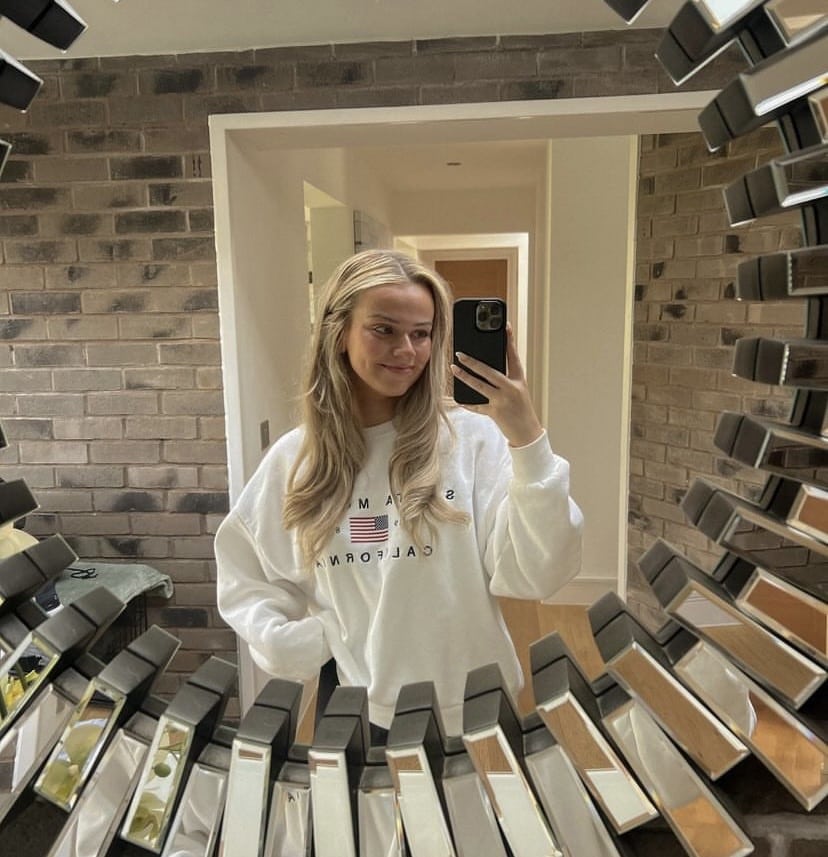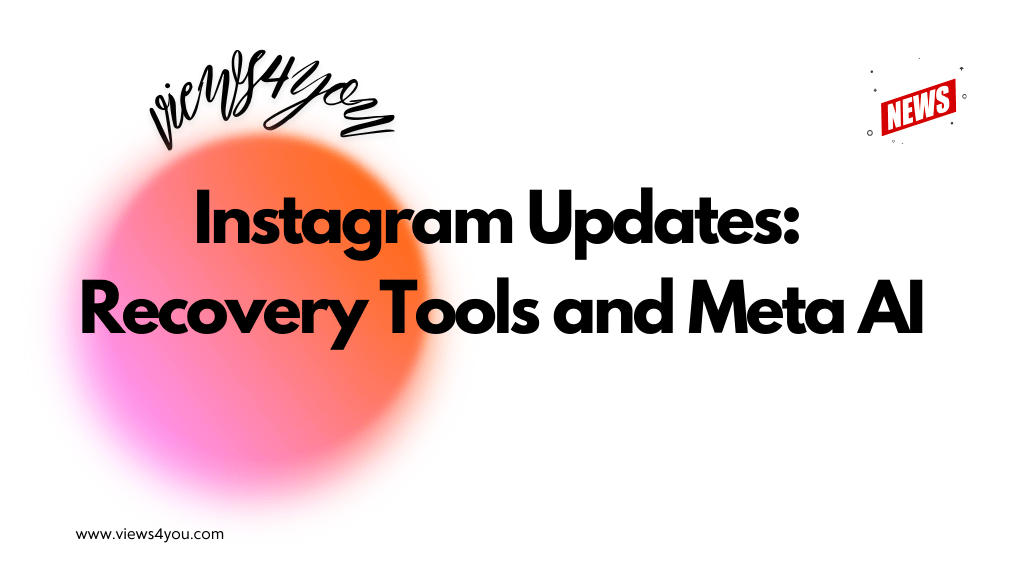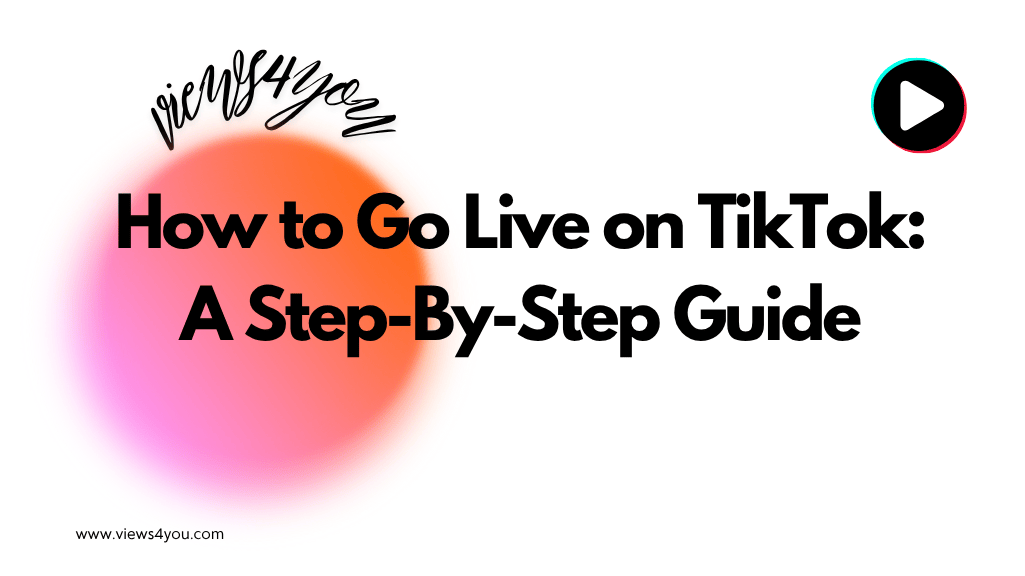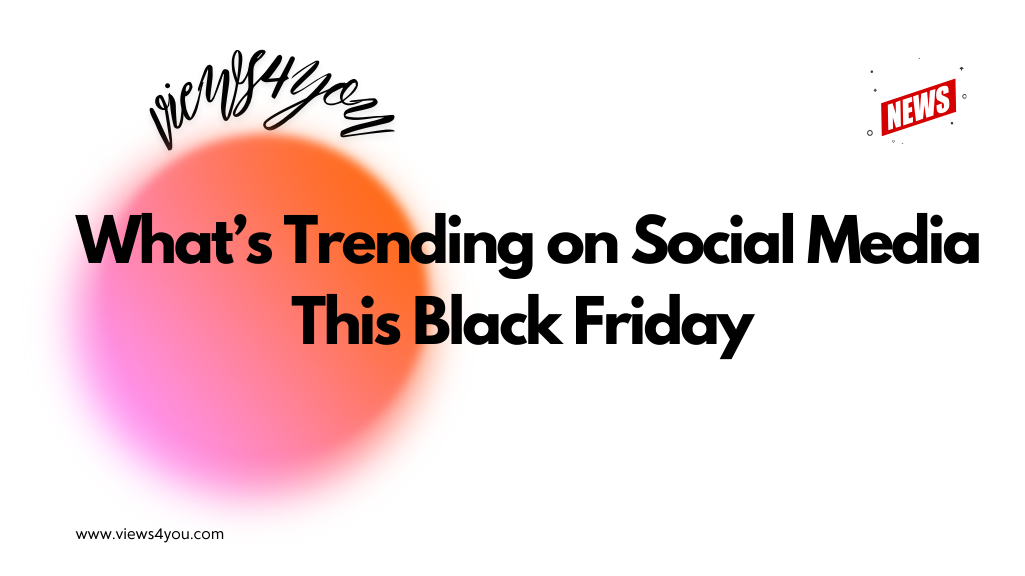LinkedIn Groups are private LinkedIn forums where professionals can discuss industry-related topics without algorithms or spam. They enable actual networking with peer-driven conversations. In contrast to regular LinkedIn feeds, groups promote direct participation, which makes them valuable for building reputation, visibility, and actual connections within your niche.
LinkedIn is like an online cocktail party where you get super bored and everybody’s yelling while calling it networking. On the other hand, we have LinkedIn Groups. These groups are the one section where genuine networking still exists. Genuine people. Genuine benefits.
And yes, leveraging LinkedIn Groups for networking within your industry isn’t appealing sometimes. But it’s effective. Let’s get past the hype and stop wasting time!
What Are LinkedIn Groups and Why Should You Care?
LinkedIn groups are specialized forums built into the site, designed to bring professionals together around common interests. Imagine Facebook Groups, without the memes, and with a couple of additional layers of resume sheen. They’re where the conversations occur, unobtrusively, without algorithm changes or increased engagement.
Some people say that they are all gone, but they’re not dead. Not by a long shot. Actually, since LinkedIn cleaned up spam filters and modernized the design, groups are gradually gaining momentum again. Particularly in fields where old-school networking is too sluggish or too uncomfortable, B2B, SaaS, HR, and even logistics. When utilized appropriately, they can accelerate your visibility, credibility, and connections.
How to Find the Right LinkedIn Groups for Your Industry?
If you’re simply typing “marketing group” into LinkedIn’s search bar and joining the first one that comes up, congratulations, you’re now a member of a digital uselessness. The majority of groups are deserted shells with five-year-old discussions and bots debating one another.
The actual technique? Research your niche. See what the leading voices in your field are doing. What groups are they a part of? Where are they posting? More often than not, the engaged communities aren’t the largest, they’re the strangely specific ones. A 500-member fintech compliance group will provide you with so much more value than a 90,000-member group titled “Digital Marketers Unite.”
The idea is to find rooms where people can genuinely talk. Where individuals do respond. That’s where the excellent stuff resides.
How to Not Be That Guy: Etiquette & Posting Rules
Please don’t join a group and post your product link right off the bat. Don’t write like you’re giving a keynote at Davos. And for the love of bandwidth, don’t reshare a Forbes article with no comment like you just discovered fire.
Being a good group member is easy: look before you leap. A remark on several postings. Pose an interesting question. If you do post, say something new or helpful. That’s all you need to do here. The bar is low, and yet most stumble over it because most new members think that they need to share a lot.
You’re not there to take over. You’re there to provide. Honor that, and the group will reciprocate.
Building Real Relationships in Groups
This is where things get real. Cold DMs and growth hacks are forgotten because when you’re seen in a group, when people know your name because you show up and add value consistently, your messages land differently.
Let’s say you make a post about hiring trends and someone comments. You respond. A week goes by, and they tag you in another thread. That’s your signal. Now your DM isn’t out of the blue, it’s a follow-up. And people engage with conversations they’re already having.
Most of the greatest LinkedIn networking occurs this way, slowly, quietly, over time, through regular presence. Not via scripts. Not via automation.
Content Strategy: What to Share Inside Groups
Post something you learned this week that others in your field would find it useful. Pose a question you really need answered. Share a helpful tool or article, but only if you’ve read it and can comment on it. Nobody’s impressed by blind link dumping or empty platitudes.
The most effective posts are authentic. The more personal and particular your spin, the greater chance it has of gaining traction. In other words, stop being a marketer here!
Joining vs Starting Your Own Group: Pros, Cons & Power Moves
If you’re in a tight niche and you have a good reason for getting people together, creating a LinkedIn Group can be really beneficial. You set the tone, the culture, and the spotlight. You become the host rather than the guest. That visibility is difficult to duplicate.
But don’t get romantic about it. New groups mostly fail because they’re set-and-forget. Unless you’re actively moderating, pushing discussions, and filtering out spam, it’ll die quickly. Only start one if you’re willing to put in the effort or have someone on your team who will.
Otherwise, remain a worthwhile guest. It’s simpler, neater, and equally effective if performed correctly.
FAQs
What’s the difference between LinkedIn Groups and LinkedIn Communities?
LinkedIn Groups are long-standing, member-only forums focused on professional themes, whereas LinkedIn Communities (a newer product) are event-based or content-focused areas typically associated with influencers, newsletters, or product brands. Groups provide richer peer-to-peer discussion. Communities are more broadcast-oriented and linked to creator content cadences.
Can I advertise in LinkedIn Groups?
No. Ads aren’t allowed in the groups. Sell by being helpful, don’t push or get booted fast. If you want eyes on your thing, be smart, share real insight, start a convo, and let the DMs come to you. Sneaky works. Spammy doesn’t.
How does LinkedIn decide which Groups to show me?
It guesses based on your job, keywords, and activity. Sometimes useful. Mostly random. If you want to find the good stuff, do it manually.
Are LinkedIn Groups better for B2B or B2C?
B2B all day. Groups are built for deep dives, industry rants, and “I’ve been there too” convos. If you’re slinging accounting software, SaaS tools, or HR consulting, this is your arena. B2C only works if your niche is super specific.
Can my LinkedIn Company Page join or post in Groups?
No, LinkedIn Groups are only for personal profiles. Your business page won’t be able to post, comment, or even join groups. This limitation encourages user engagement and helps keep the group environment less spam looking. If you’re looking for representation for your brand, your employees must represent it as individuals.







